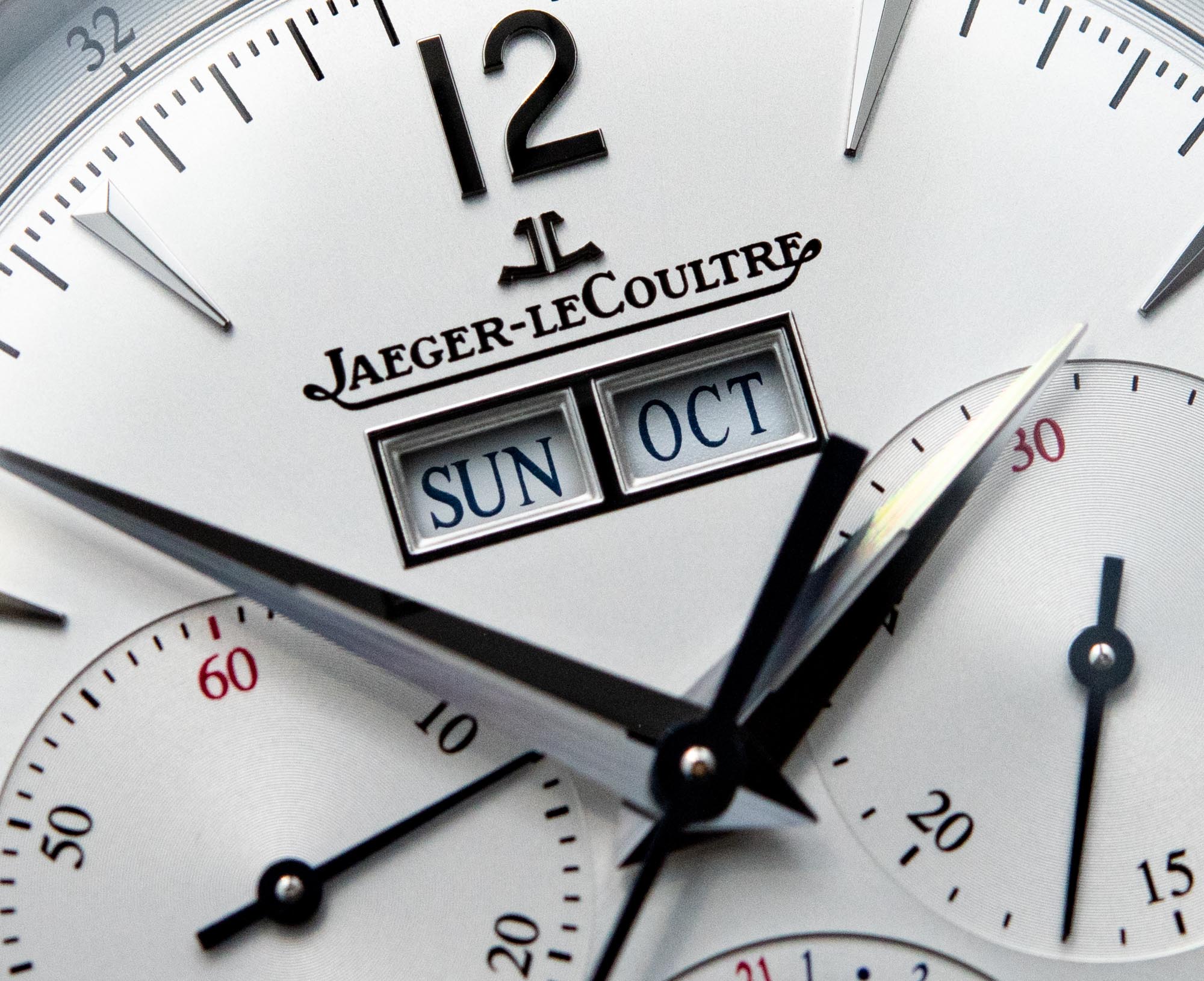
A short disclaimer: I wrote this article over a month before the launch of the Patek Philippe Cubitus.
When I made my first peek into the world of watches in the late ’00s and dug much deeper in the early ’10s, it was a very different time, for a host of reasons — some amazing, some hilarious, and others mildly infuriating. What matters today is that, in some ways, it was a simpler time. The universe of indie watchmakers was hardly a thing — in essence, it was not — and so it was the household luxury brands, ultra-high-end independents, and historically important watch manufactures that filled the pages of watch blogs and, mostly, watch magazines. It was also at this time that the thoroughly antiquated concept of “Holy Trinity” watchmakers (including Audemars Piguet, Vacheron Constantin, and Patek Philippe) established new-found popularity. While the shortsighted nature of “Holy Trinity” classification deserves its own Grinding Gears, let us focus now on a broader spectrum of historic brands and their current predicament. Let us call that “the legacy watchmakers’ struggle.”
It feels like historical companies struggle with turning their established present and solid foundations into calmness, confidence, and a sight on the distant future — instead, sometimes what we get is stuffiness, condescension, and an obsession with the past.
It is hard to overstate how widely and unequivocally celebrated historic watchmakers used to be in the not-so-distant past. Detailed comparisons (mostly lavished with high praise) between movements, dials, cases, and even marketing practices were all the rage in watch media and internet communities. If you were a recently established brand, you were the underdog and were expected to prove your worth several times over, and over the years, never missing a beat, before the blue-blooded watch enthusiast community and media, obsessed with the almighty status of legacy watchmakers, would even consider taking you seriously.
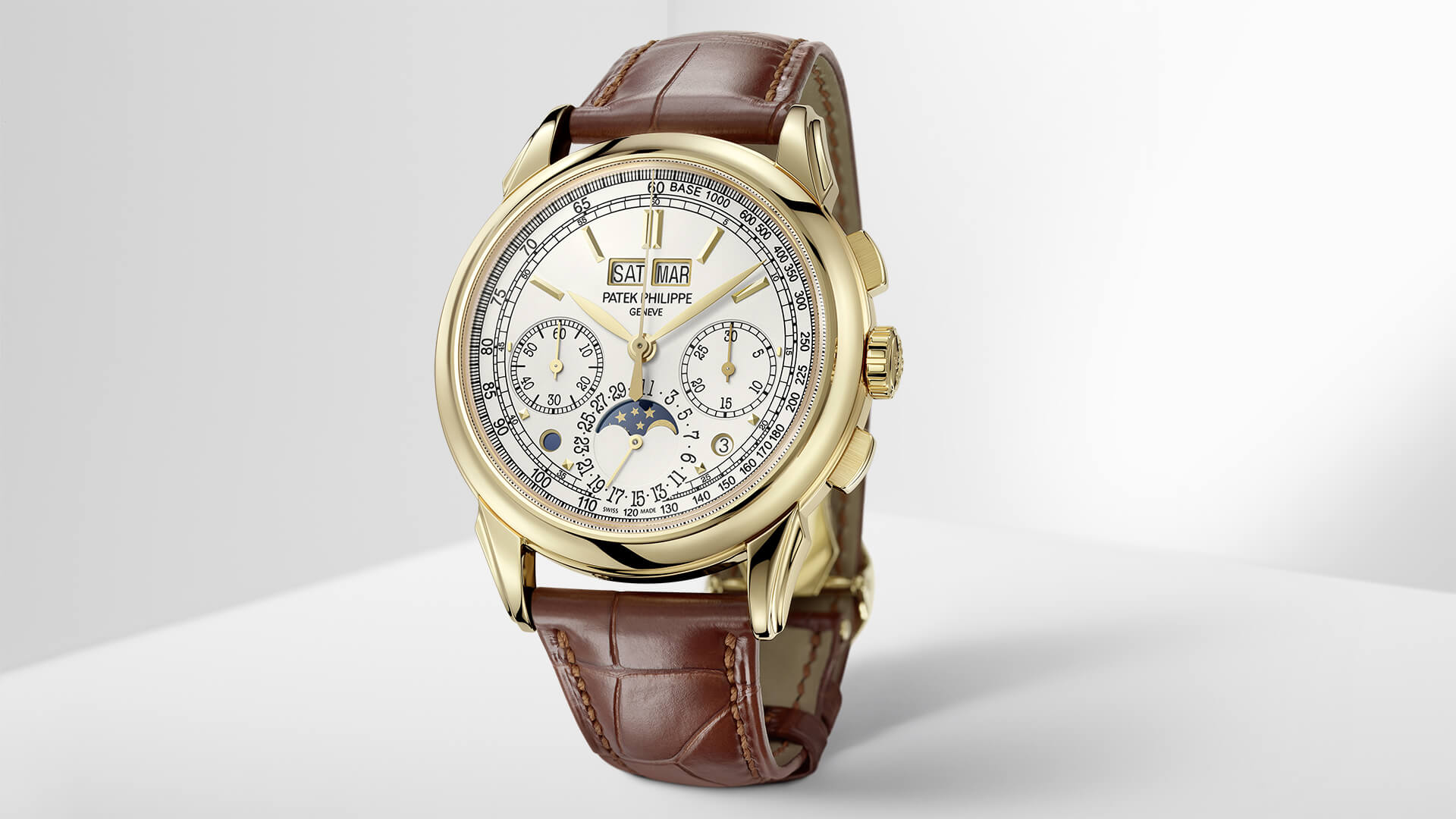
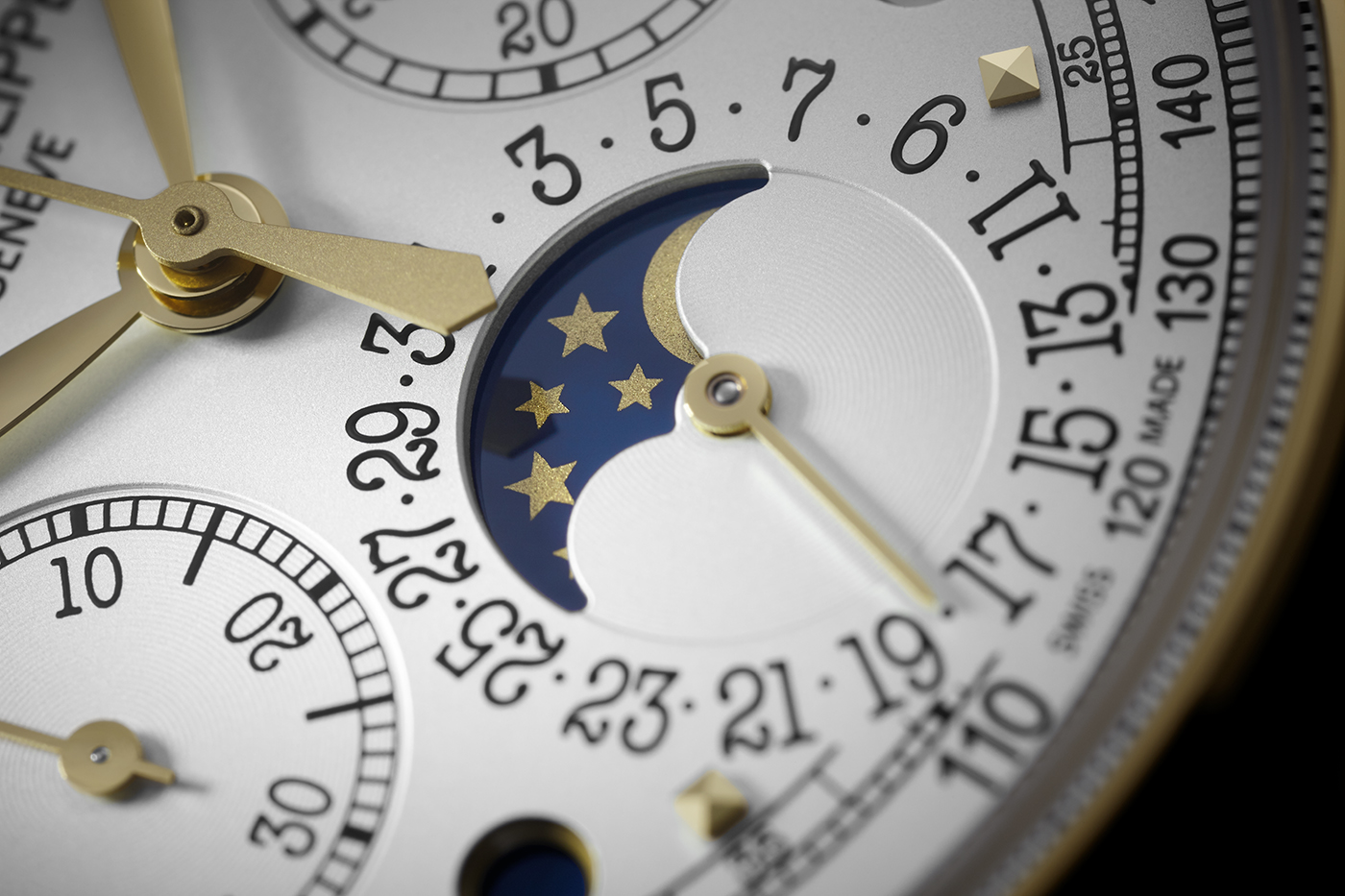
It was a different time, a time when the likes of Patek Philippe, Vacheron Constantin, Jaeger-LeCoultre, Audemars Piguet, Breguet, and even Blancpain, were at the center of attention, widely celebrated for their (now we are learning occasionally faked or altered) history. I remember the — frankly hysterical — in-depth discussions on whether Patek Philippe was “right” in the way it introduced and later corrected the chin on its reference 5270. It was and is an absolutely meaningless little detail that nevertheless sparked lengthy analyses and heated debates within the community, which is a solid indicator of where at least some people’s energy and focus used to be at the time. What a Patek looked like, down to its smallest detail, mattered, because it carried the legacy of watchmaking history.
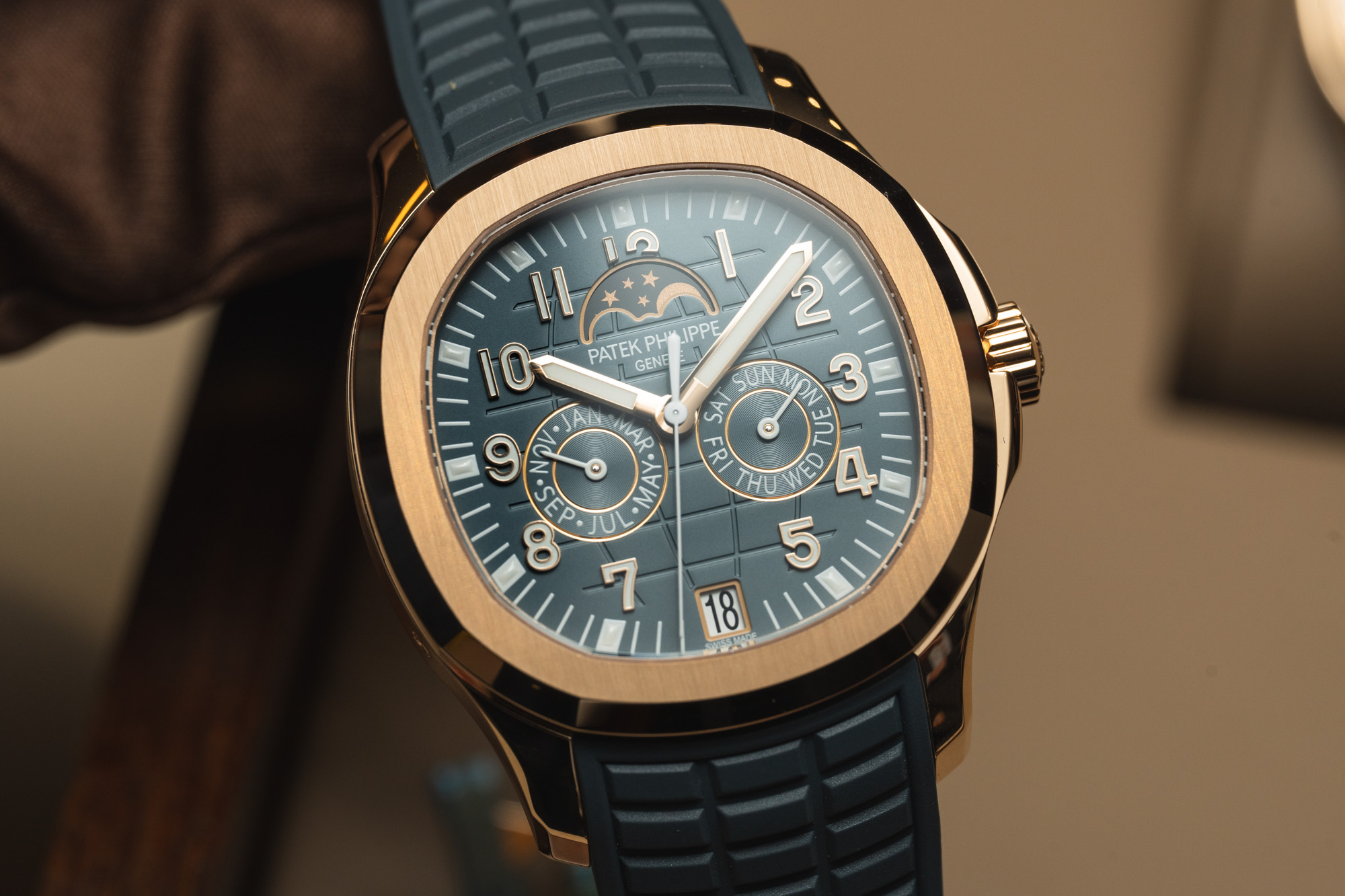
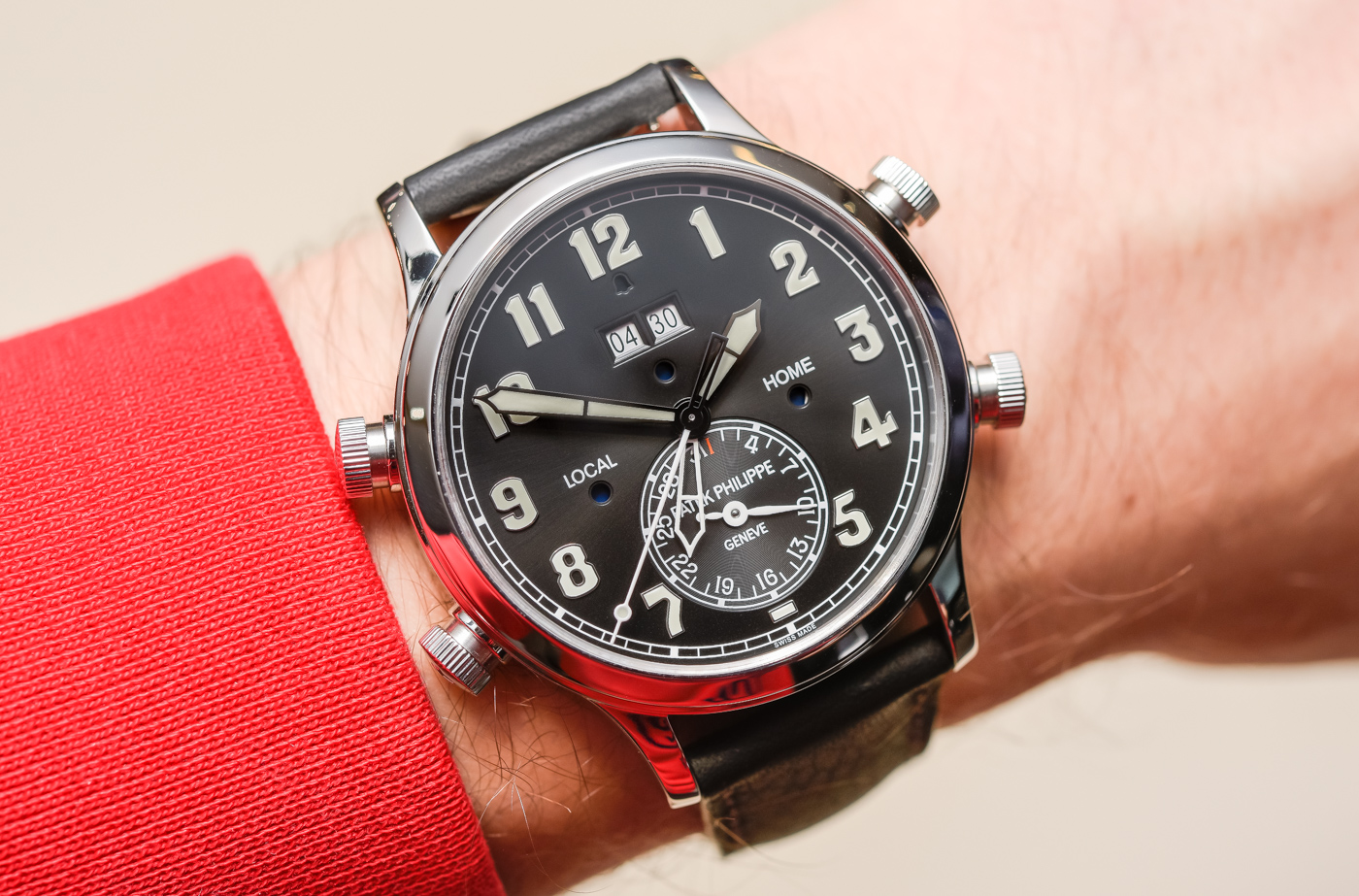
Compare the timeless grace with which the 5270 carries its complexity and how infinitesimal a nuance that “chin” is with the frankly shocking layout of the 5261 (one above) and the four-pusher-equipped head-scratcher functionality of the 5520 (directly above). I would also draw your eyes to the matter of elegance in proportions (or lack thereof)… But I digress. The point is not a direct comparison between these watches from different, albeit not-so-distant eras of the company, but rather the shift in the public’s assignment of care and attention to what is happening right before its eyes. To be fair to Patek Philippe, it continues to offer dignified and stunningly beautiful pieces — especially if we turn a blind eye to their denim strap frenzy of releases this year.
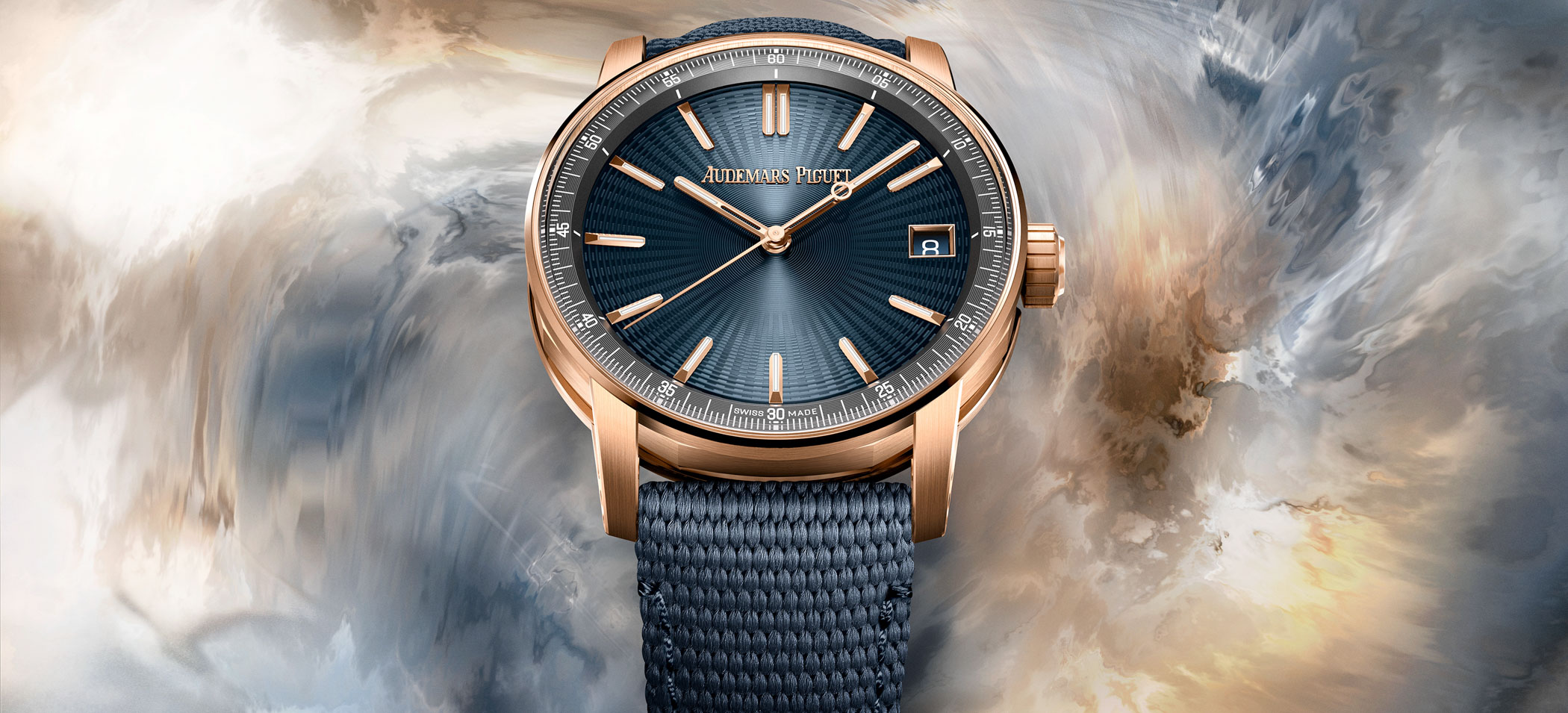
While Patek Philippe began attacking our senses through rather novel dial and case layouts, Audemars Piguet, another “legacy staple” in the eyes of many, has, ahem, struggled with shifting its one-watch-brand image with its underwhelming Code 11.59. At the same time, we saw Jaeger-LeCoultre abandon its “watchmaker’s watchmaker” image (who else is it supplying anything to anymore?) right along with many of its fantastically creative and impressive collections and references. The Master Control line used to have 19 (!) distinctly different models, not to mention the long-gone Master Compressor and AMVOX lines. Swatch Group’s Breguet, while brimming with potential, has also been facing hardship when it comes to translating its unmatched history (and historical importance) into new watch collections, and its sister brand, Blancpain, also appears to have lost the traction it once used to have with its Villeret and Fifty Fathoms collections.
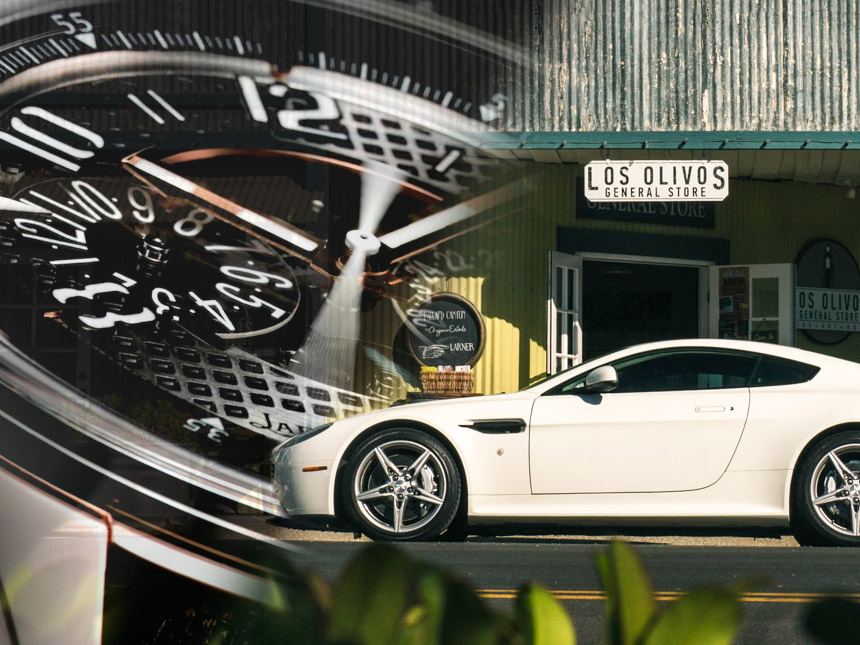
In short, legacy watchmakers have been rooting out some of their characteristic and important collections while failing to introduce new staples. Now, repetition and consistency are, of course, essential to long-term success, and I am not advocating that historical watchmakers reinvent themselves every five years. That said, I think the trend is clear from virtually all the aforementioned brands trusted with carrying the torch of Swiss horological legacy: An apparent shortage of tangible values that can work not just on marketing but also the product level, and a consequent lack of clear-cut direction for new products and collections.
While all this was taking shape, something else was also happening: A seismic shift in the community’s approach to new watch brands, and, importantly, at every price point you can imagine. Sure, we can go all the way back to 2005’s Christopher Ward and its pioneering approach to online-only sales, but it happened much later that newcomer watch brands could expect to be met with open arms and positive curiosity rather than doubt and scrutiny — not to mention open wallets. 10 or 15 years ago it would have been utterly unimaginable for a brand like Berneron to debut its very existence along with its first-ever watch (at 55,000 Swiss francs) and within months have its order books filled for the next 4-5 years with deposit in hand. Instead, in all probability, it would have been a slow and quiet start, with some of the watches popping up at collectors’ dinners and trade shows and events, shown off by a select few for years before the rest would get the idea — and summon the courage to place an order.
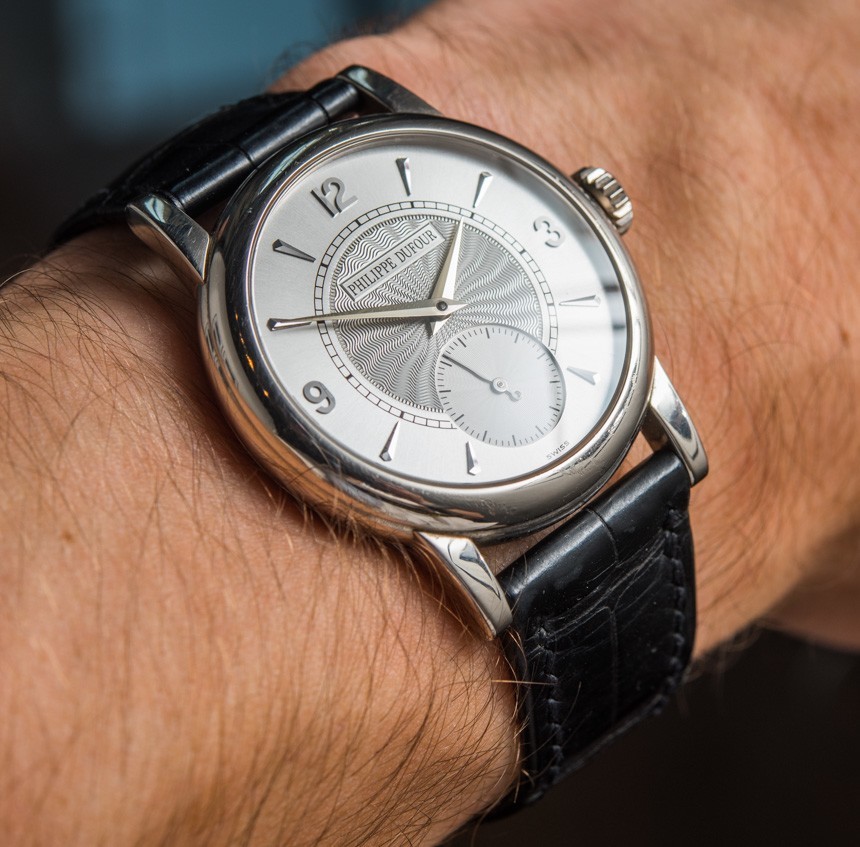
This most welcome development was made possible by a wide variety of developments including sky-rocketing resale values for certain independent or ultra-niche watchmakers (like Philippe Dufour’s Simplicity, seen above), as well as the sharp and tireless increase in the frequency of watch content on watch media publications, social media, and YouTube. Our fast-paced world was only so happy to deliver the latest and greatest, and there was nothing else for the community but to grow accustomed to seeing new watches and passing judgment not years, but hours later.
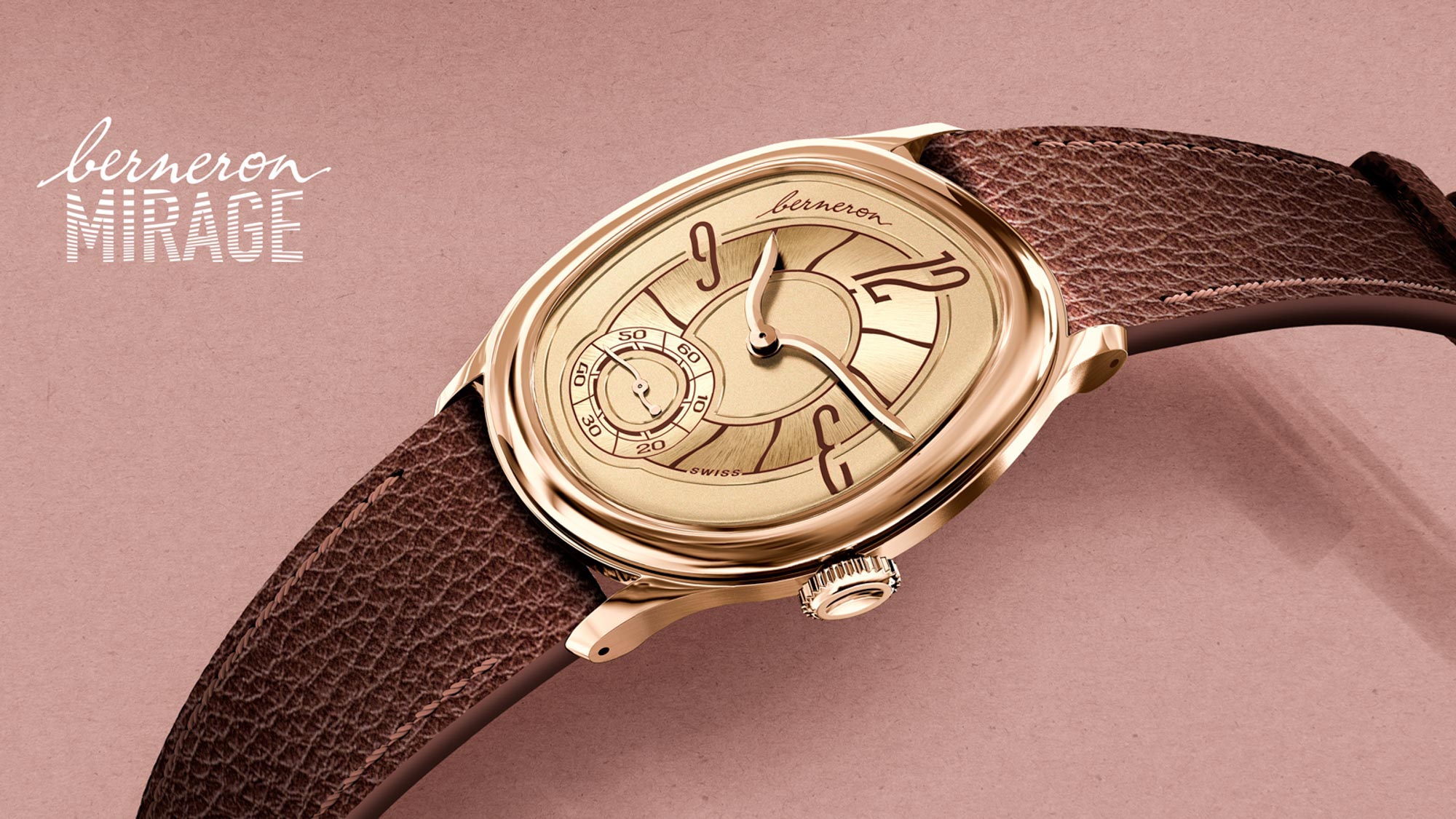
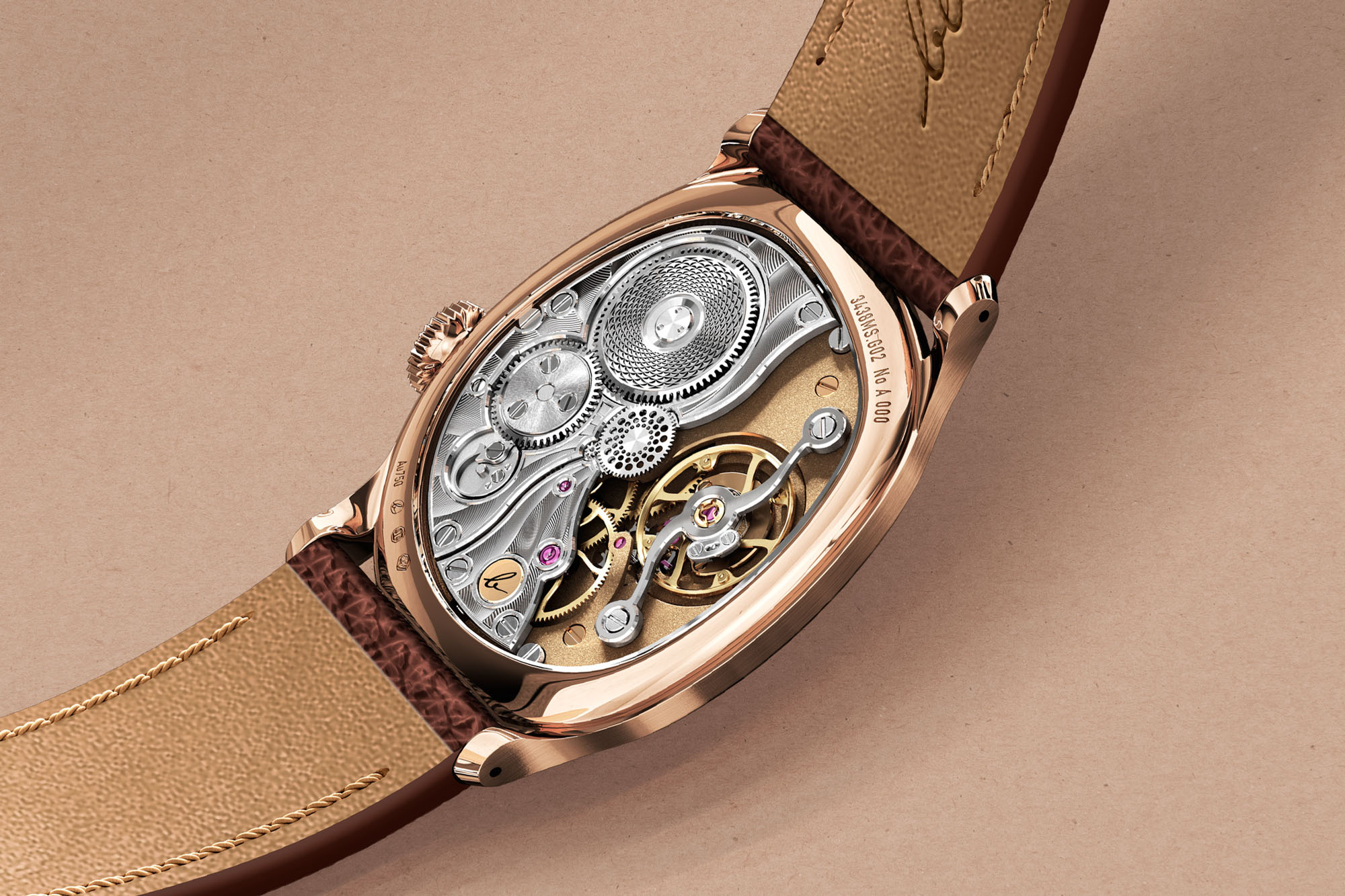
Interestingly, it is this fast-paced world that legacy watchmakers seem to struggle with more — and maybe that is alright. A company with a 100, 150, or 250-year history lingering in the air will have a different approach to decisions and communication than a first-generation one that is balancing right on the edge of its cash flow reserves. And yet, it feels like historical companies struggle with turning their established present and solid foundations into calmness, confidence, and a sight on the distant future — instead, sometimes all we get is stuffiness, condescension, and an obsession with the past.
The question, for the future both near and distant, is whether legacy watchmakers can once again find their comfortable rhythm — like the one they appeared to have had in the more or less pre-internet era of the 1990s and 2000s — in which they can once again exercise creativity and good taste in product design, and true confidence and clarity in communication. Until that happens, wait-listed, collector-favorite new-ish watches will continue to emerge from brands that are either modern or truly timeless, and not from historical ones. I wonder, how do you see the current state of legacy watchmakers? Let me know in the comments below.

